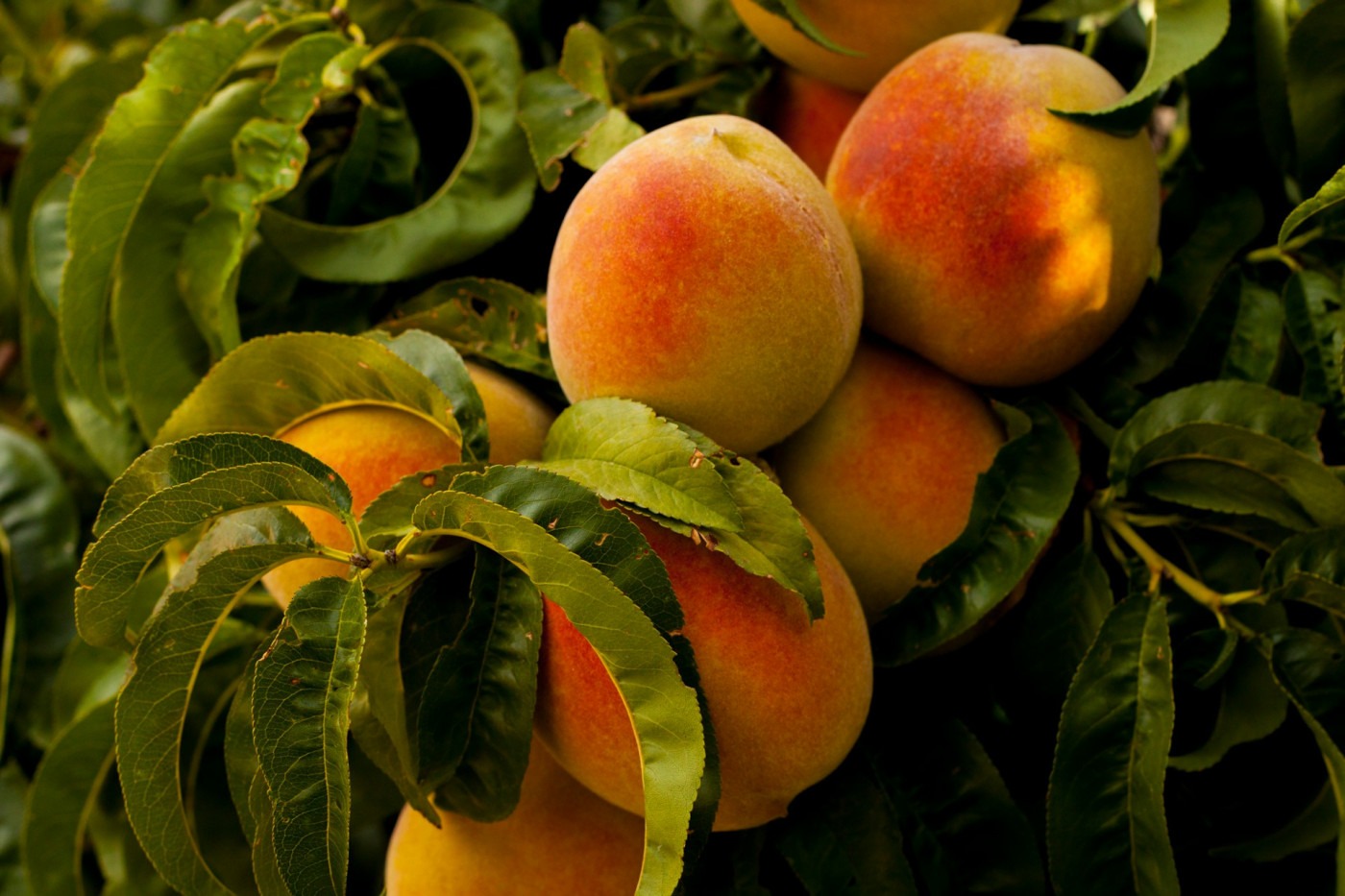10 foods that are set to become scarcer due to climate change
As temperatures rise and crops fail, many foods we eat daily may no longer be as abundant as we are used to. Here are 10 foods that are set to be particularly threatened by climate change in the coming decades.
- Coffee Beans
Currently, we drink over 2.25 billion cups of coffee worldwide every day – but that is set to change in the near future. The Australian Climate Institute estimates that, if the globe warms by 2˚C by 2050, areas suitable for coffee production will be halved: a substantial loss for coffee lovers and for the farmers who grow it.
- Honey
Winnie the Pooh would be very upset if he knew that honey is set to become harder to come by. The reason for this reduction is that honeybees are feeling the sting of climate change. A 2016 US Department of Agriculture study found that rising carbon dioxide levels are decreasing the protein levels in pollen. As a result, bees aren’t getting enough nutrition, and so are reproducing less. Fewer bees mean less honey on our toast.
- Wheat
The ingredient which gives us our daily bread is not coping well with the changing climate. According to a recent Kansas State University study, at least one-quarter of the world’s wheat production will be lost to extreme weather and water stress in the coming decades. The increasingly common combination of heat, dryness, and wind is particularly pernicious – for every 10 hours that a wheat field experiences a hot, dry, and windy event, the amount of grain it eventually produces goes down by 4%.
- Peaches
Justin Bieber won’t be getting his peaches from Georgia anytime soon – last year was a very bad year for peaches, and the effects of climate change mean we can expect more bad years to come. Peaches require a period when they’re exposed to temperatures below 7˚C each winter, but scientists predict that significantly fewer days will be this cold by 2030.
- Tea Leaves
Tea-growing regions could decrease in some parts of the world by up to 40-55% in the coming decades.
Reality hits hard for tea. Warmer climates and unpredictable rainfall are reducing tea yields and weakening its flavour. The more intense rainfall during the Indian Monsoon has already diluted tea flavour in India. The impacts of climate change on tea specifically are still uncertain, but early research indicates that tea-growing regions could decrease in some parts of the world by up to 40-55% in the coming decades.
- Rice
Rice farming is done in flooded fields known as paddies, but rising global temperatures bring more frequent and more intense droughts, making water less available and rice farming more difficult.
- Maple syrup
Things aren’t too sweet for Canada’s signature product. Warmer winters in the northeastern USA have shortened the ‘sugaring season’ – when temperatures are mild enough for maple trees to turn their starch stores into sugar sap – but not warm enough to trigger budding. These higher temperatures have lessened the maple sap’s sweetness, meaning twice as much sap is needed to produce the requisite 70% sugar content.
- Seafood
The impact of global warming on the fish industry is far from fin-tastic. Since bodies of water absorb heat, they are getting warmer and fish are less likely to survive and reproduce – especially lobsters and salmon. Lobsters are predicted to swim farther north towards Canada, reducing availability and increasing prices for US consumers. Most worryingly, it seems inevitable that fish consumption will soon scale back significantly, with one study predicting that the world’s seafood stocks will run out by 2050.
The climate will prevent any cacao tree production by 2050 if we don’t slow down climate change.
- Peanuts
Climate change makes weather less consistent, which is particularly bad for peanuts since peanut plants need five months of consistently warm weather and 20-40 inches of rain. Already, heavy rain and droughts are becoming more common in South Carolina, making it tougher to grow peanut plants there.
- Chocolate
According to former White House Chef Sam Kass, the climate will prevent any cacao tree production by 2050 if we don’t slow down climate change. Although cacao trees prefer the warmer temperatures that global warming will give us, the higher temperatures projected for the world’s leading chocolate producers (Cote d’Ivoire, Ghana and Indonesia) are not expected to be accompanied by an increase in rainfall. Cacao trees need lots of rain as well as high temperatures. This will lead to a huge loss not only for chocolate lovers but also for small farmers who live off the money they make from cocoa beans.
These facts and figures have hopefully given you food for thought (they certainly have done so for me). But there could be some ways to improve the situation. For farmers, using more fertiliser and having better irrigation could go a long way towards mitigating losses. For consumers, diversifying our diets away from heat-sensitive wheat, corn, and rice could help.

Comments